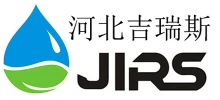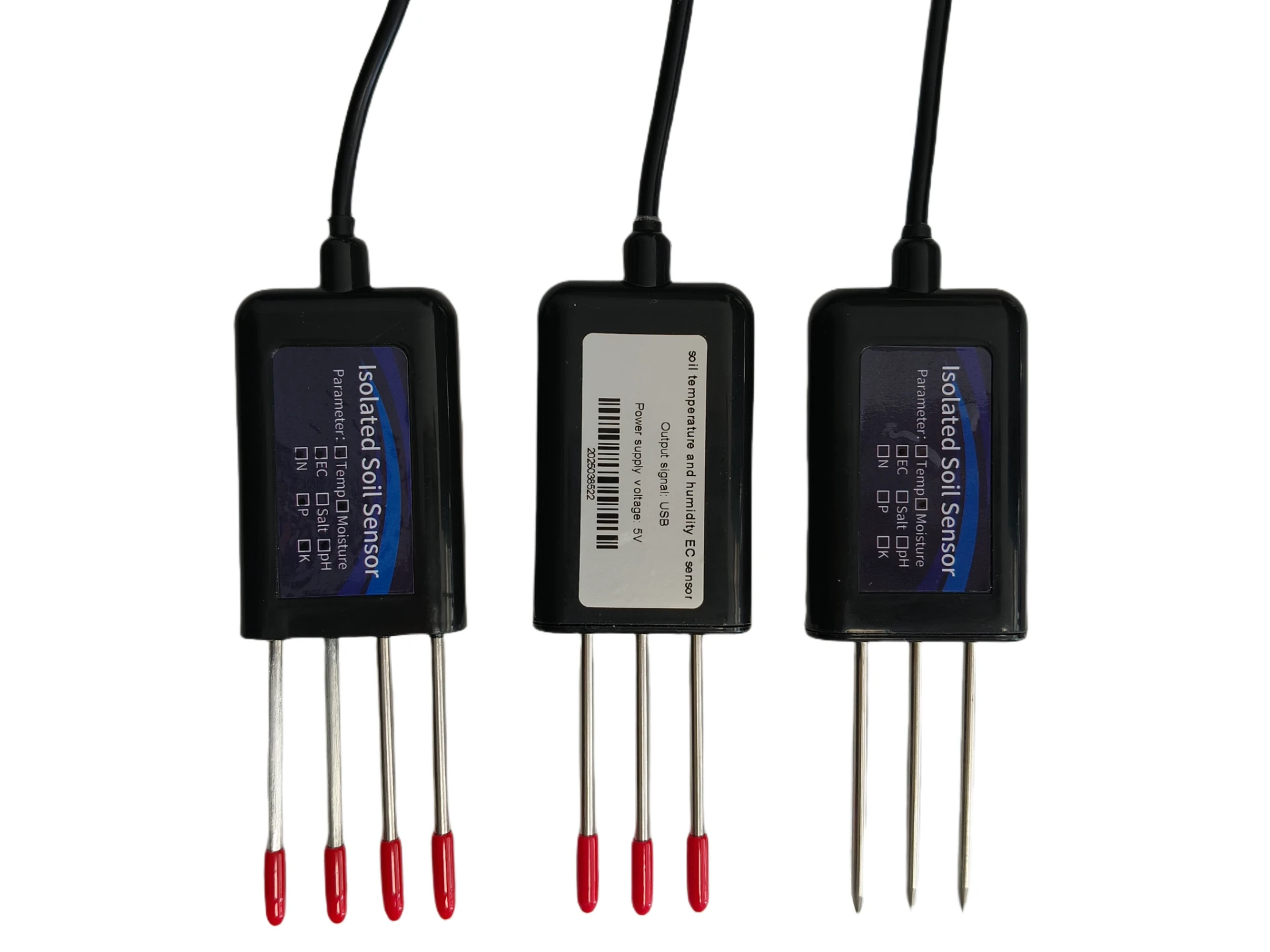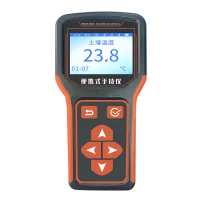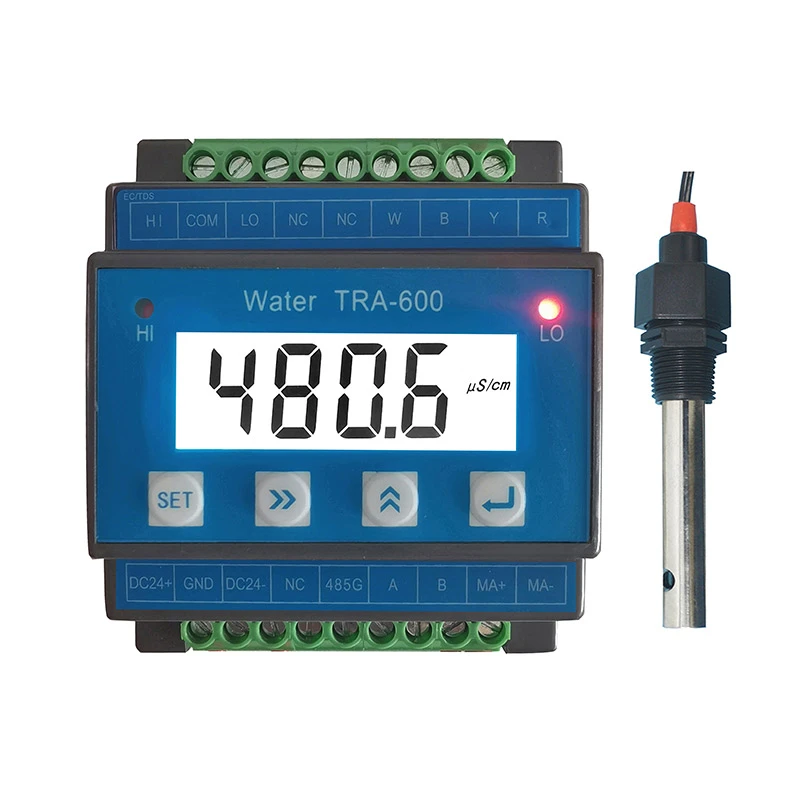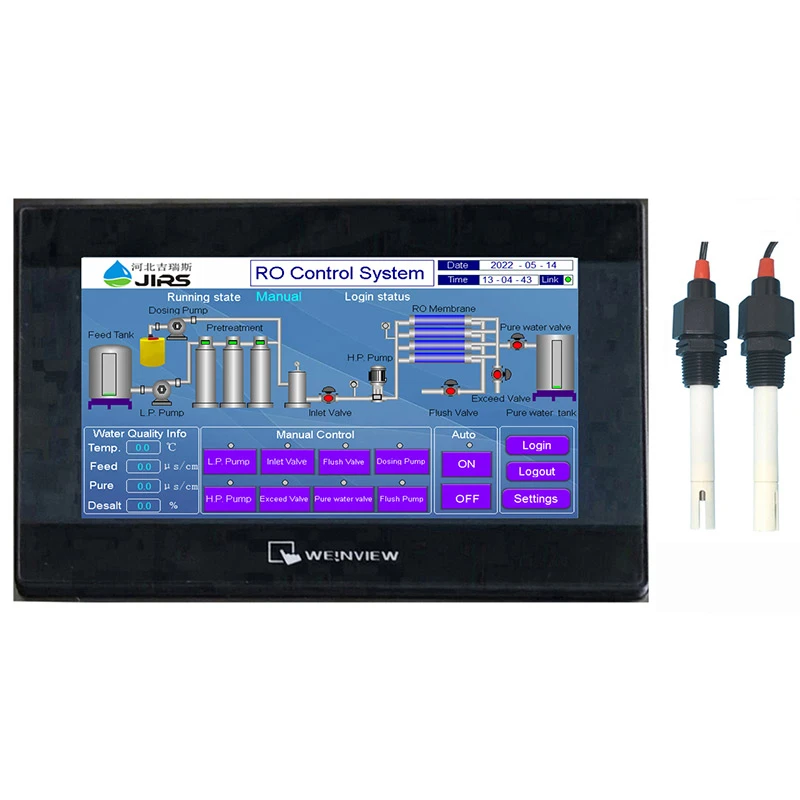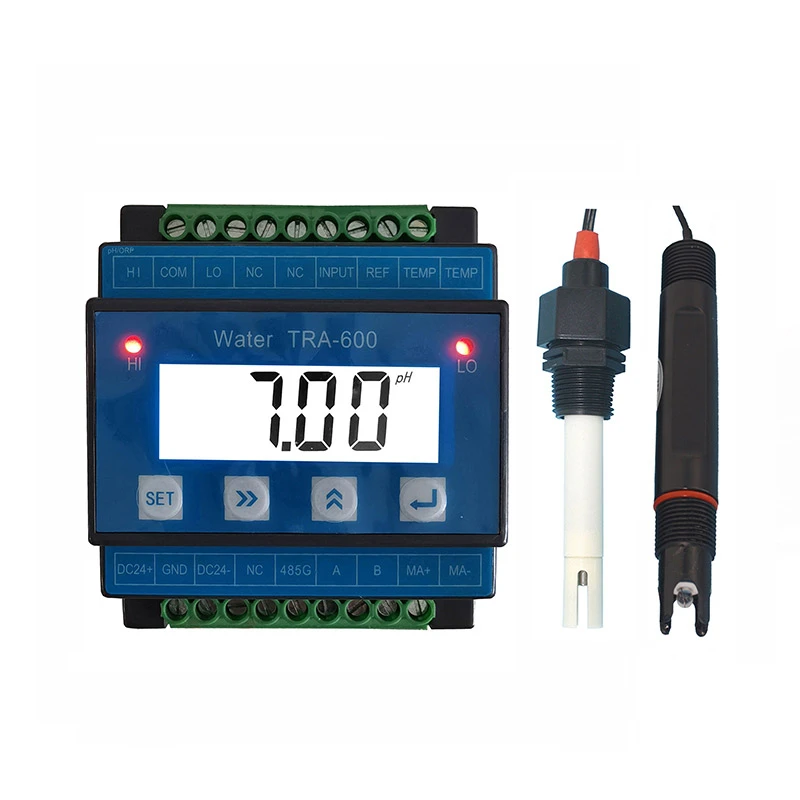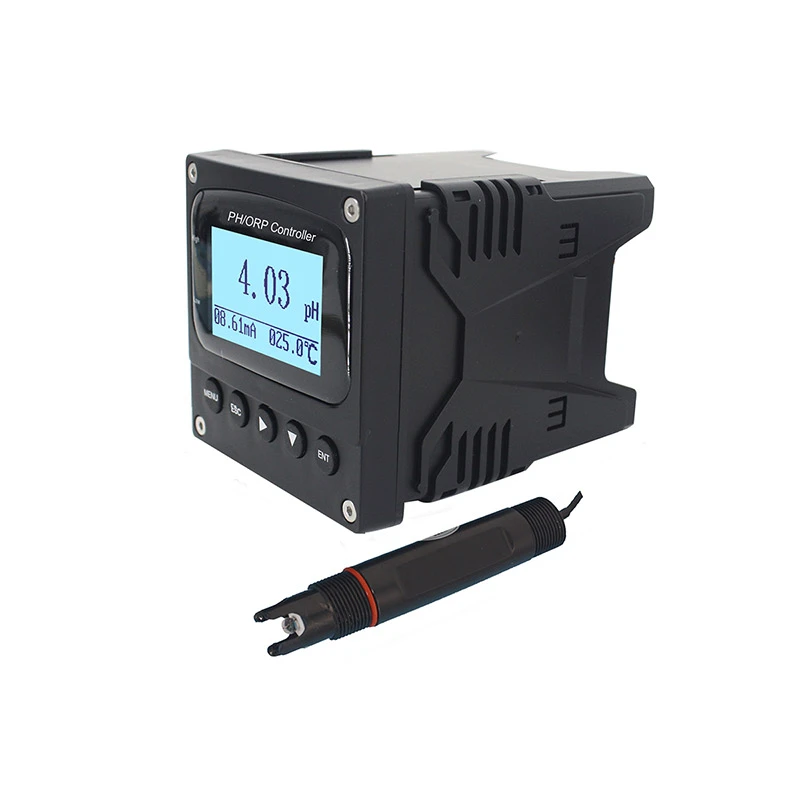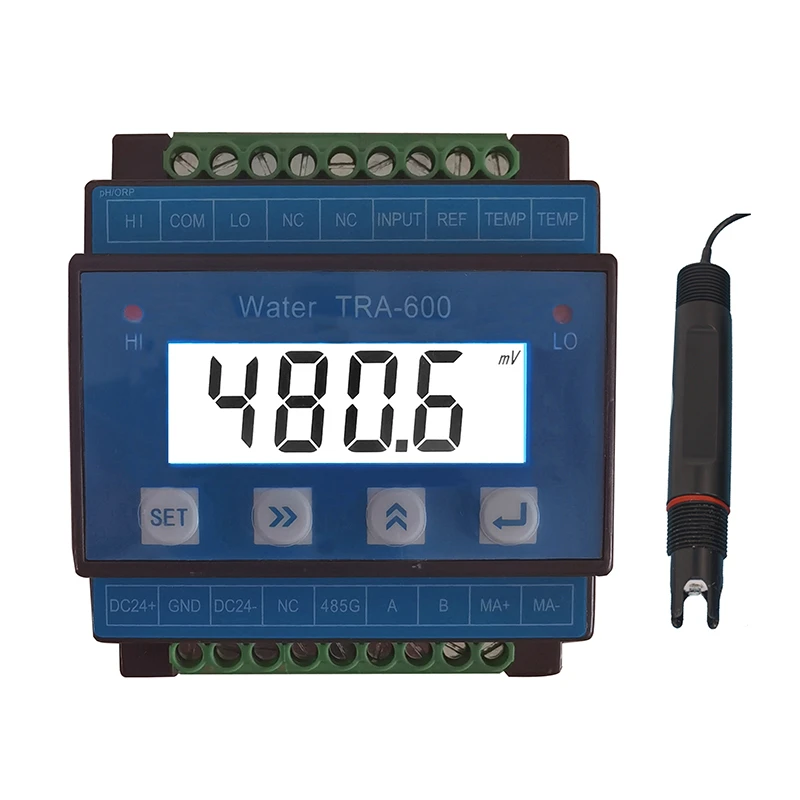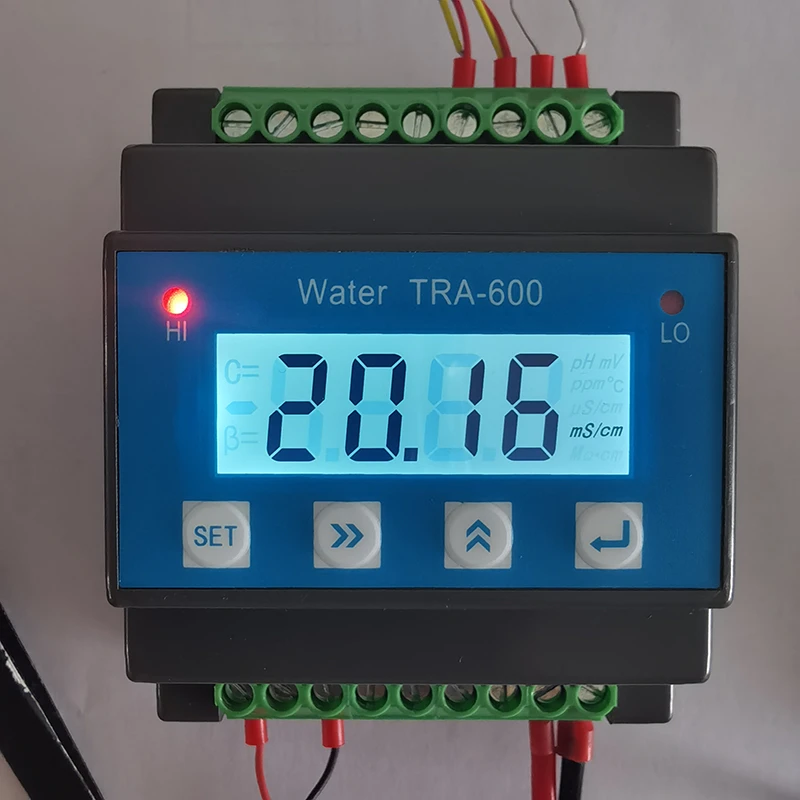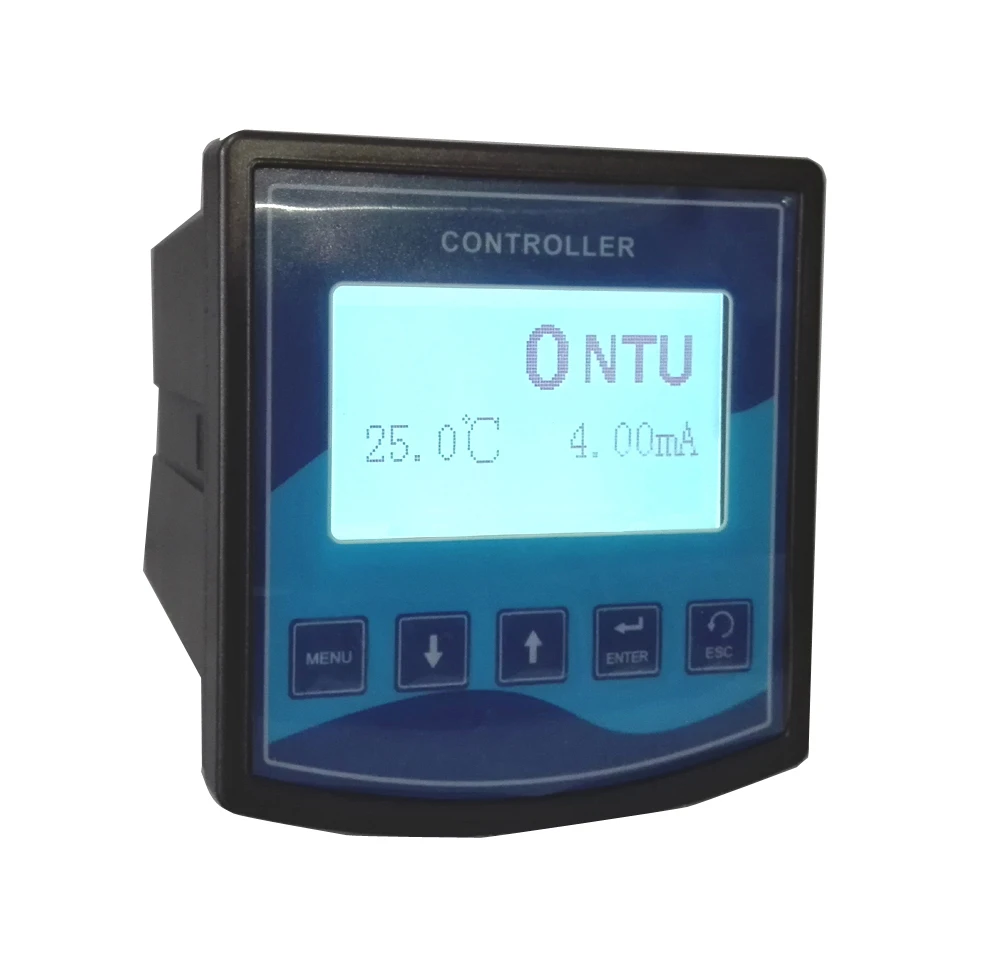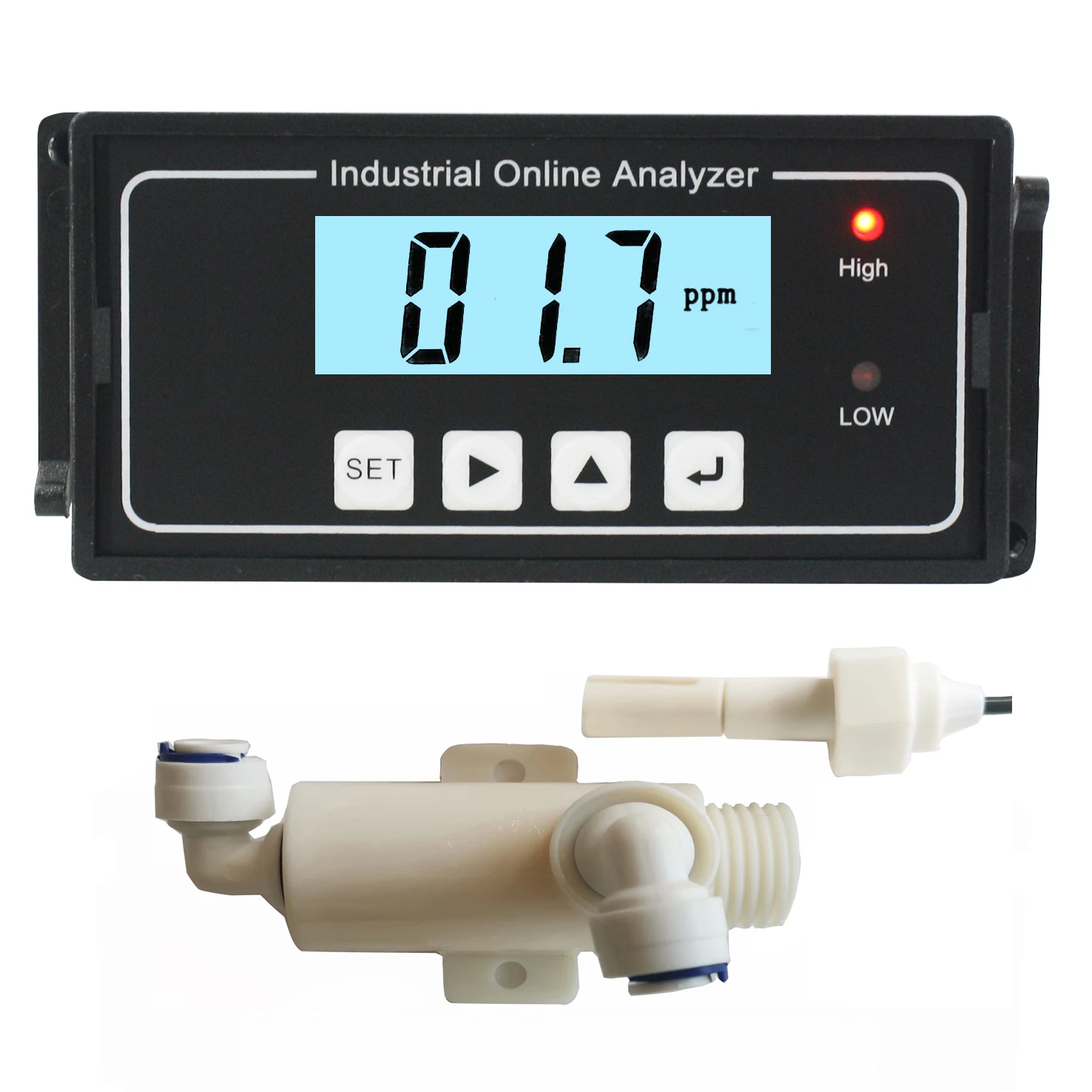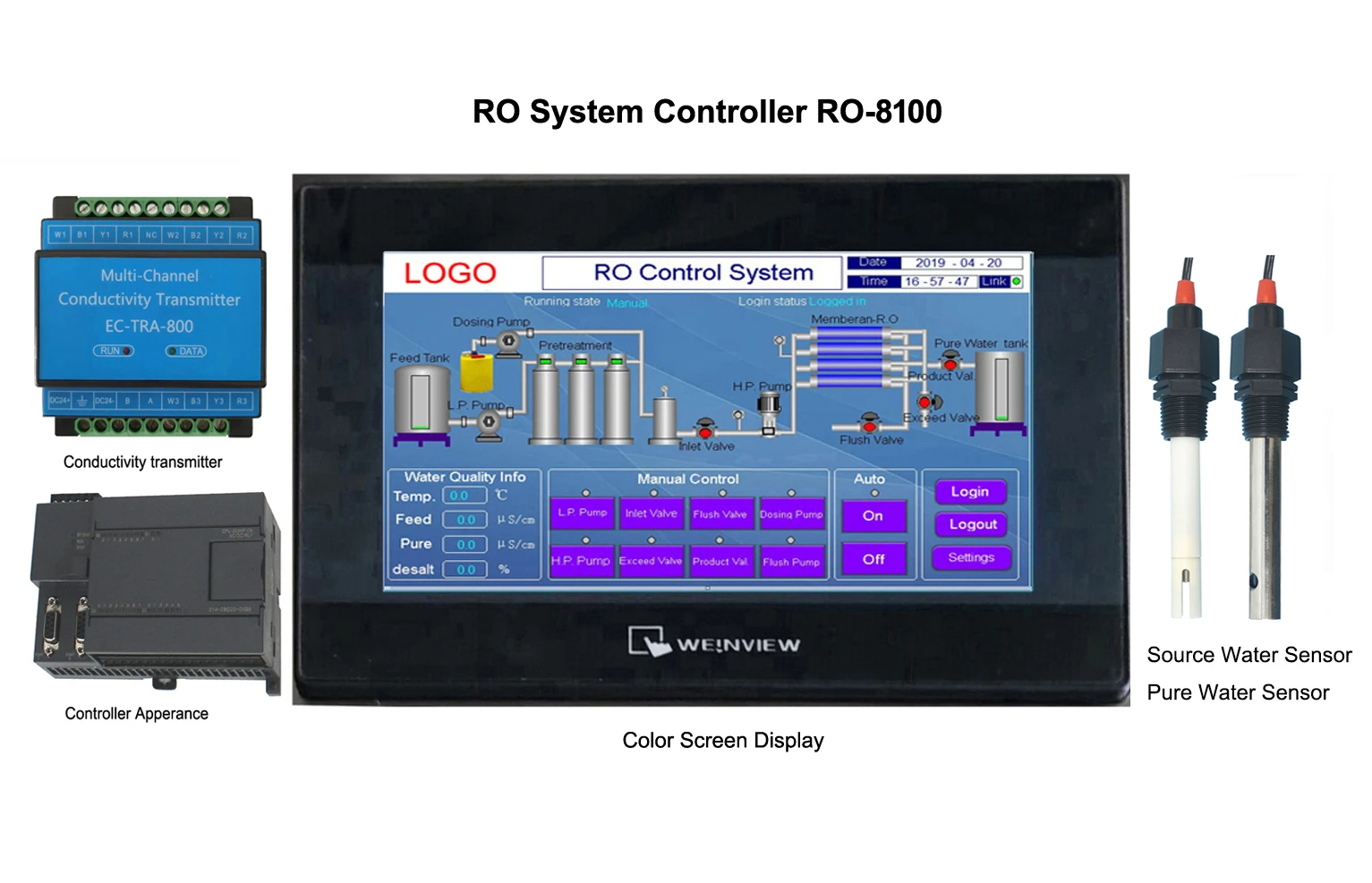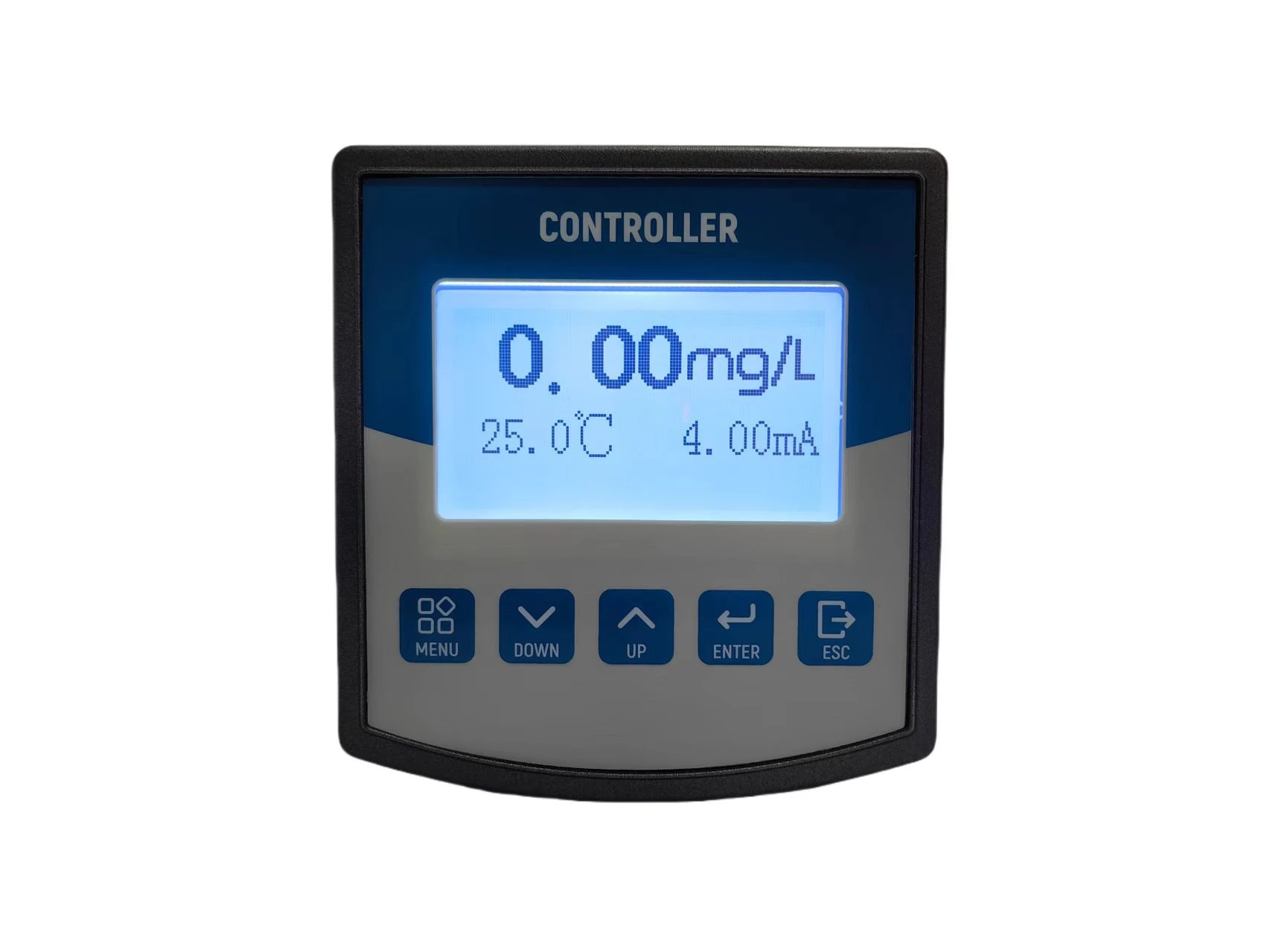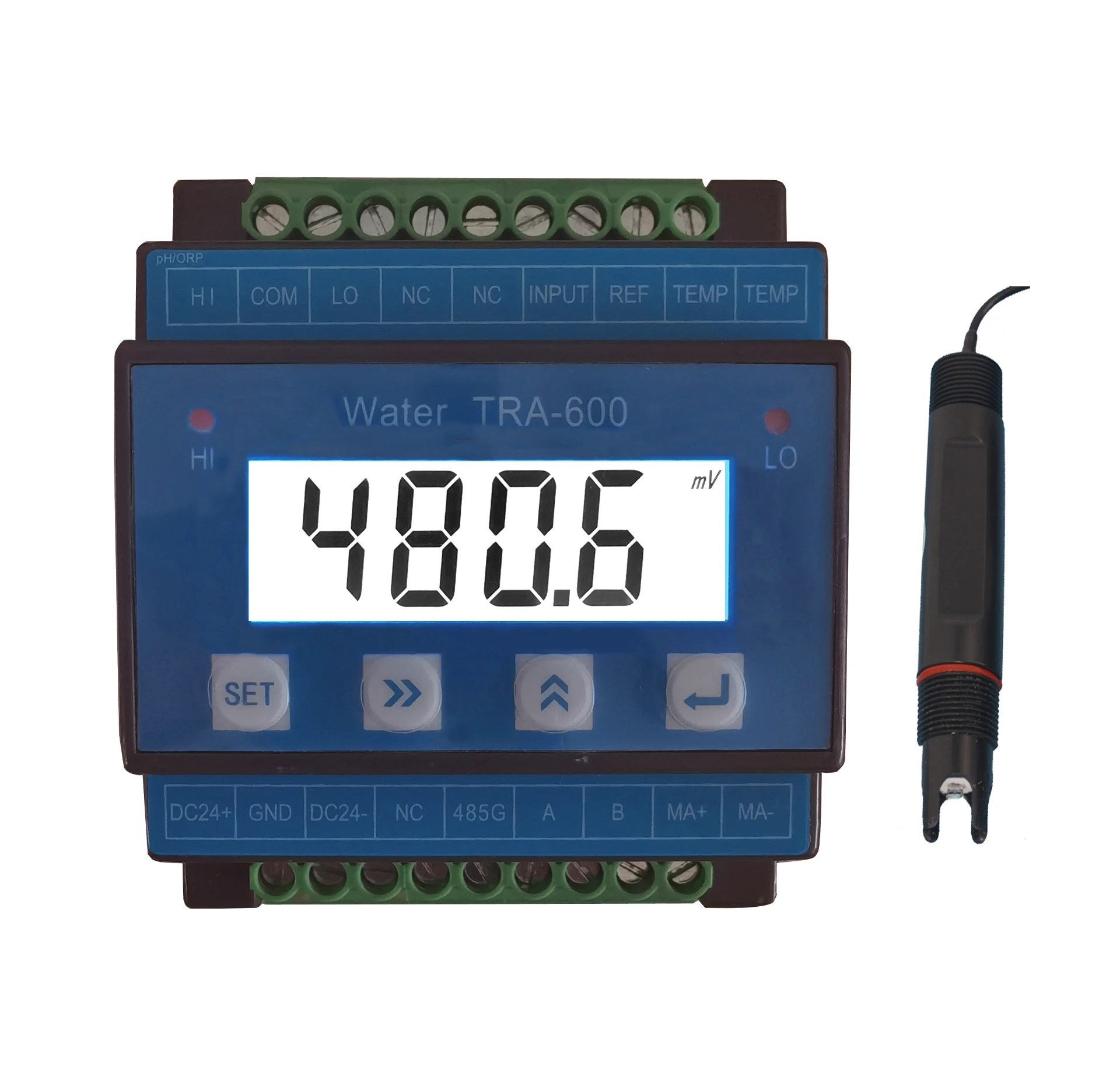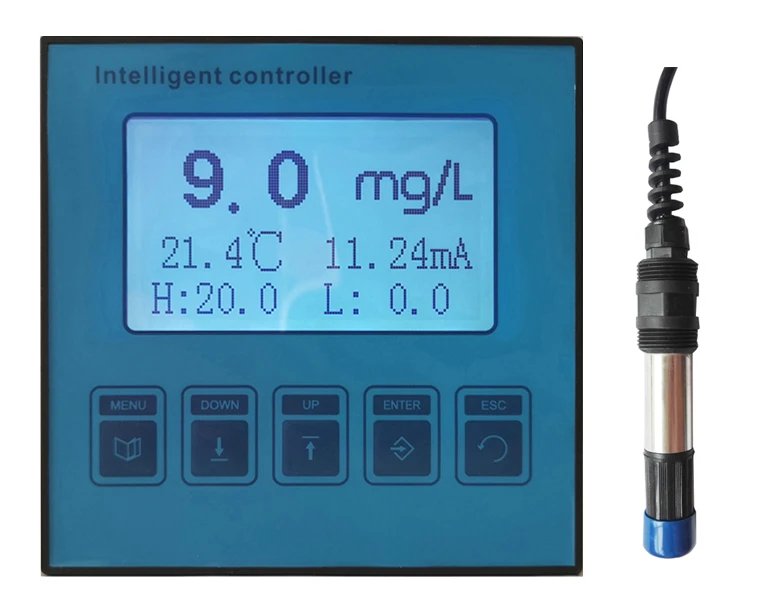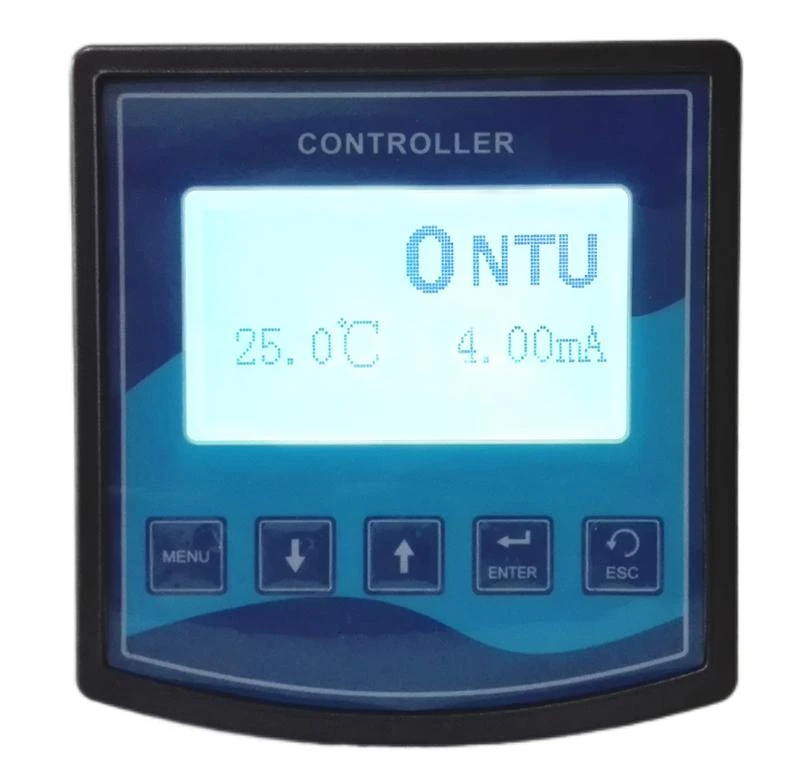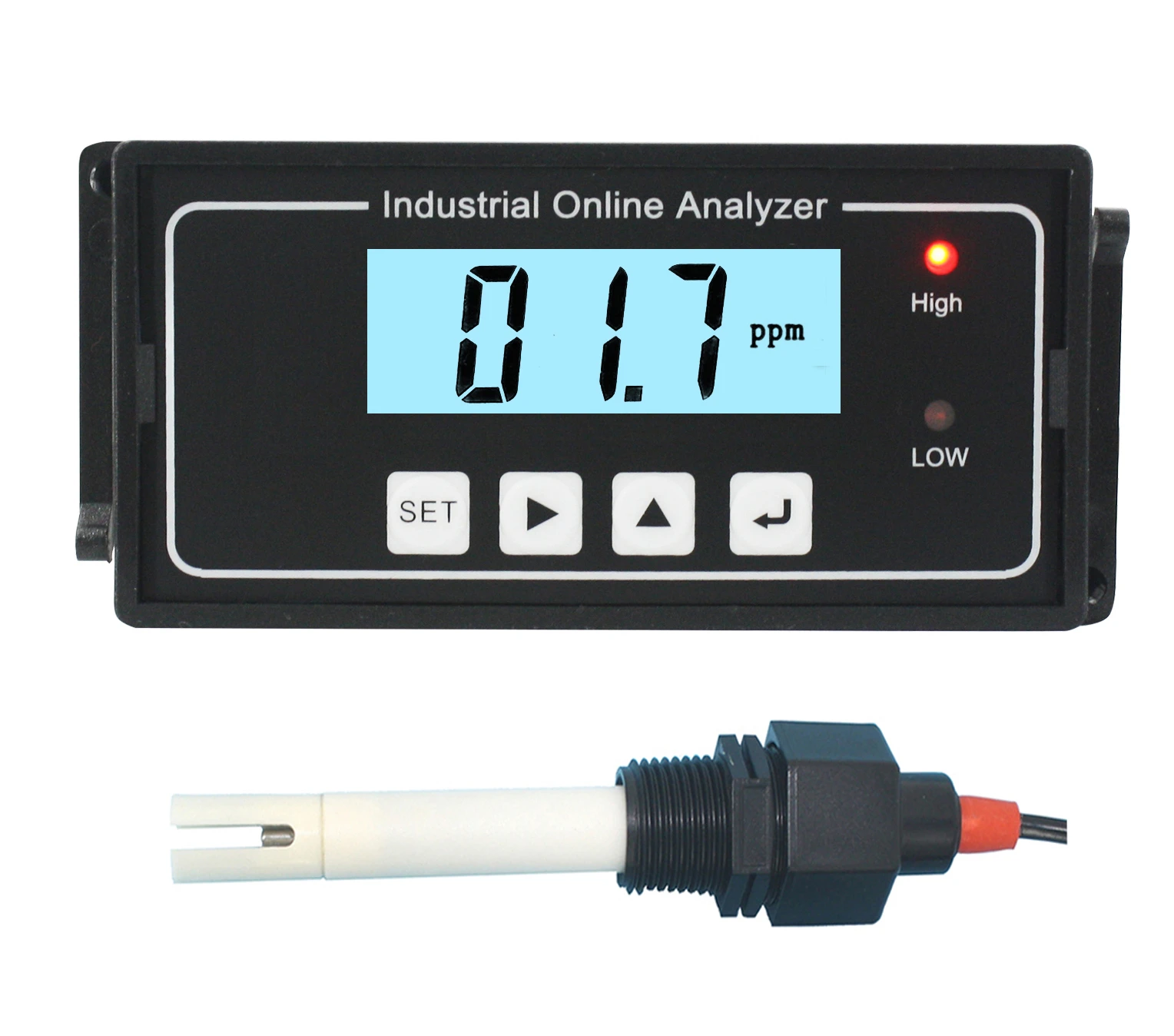CR-102S High Precision Industrial Sensor for Automation
Jul . 22, 2025
Introducing the CR-102S Conductivity Sensor
The CR-102S represents cutting-edge conductivity monitoring technology for industrial water treatment applications. Designed with corrosion-resistant materials and advanced sensing capabilities, this sensor sets new benchmarks in measurement accuracy and durability.
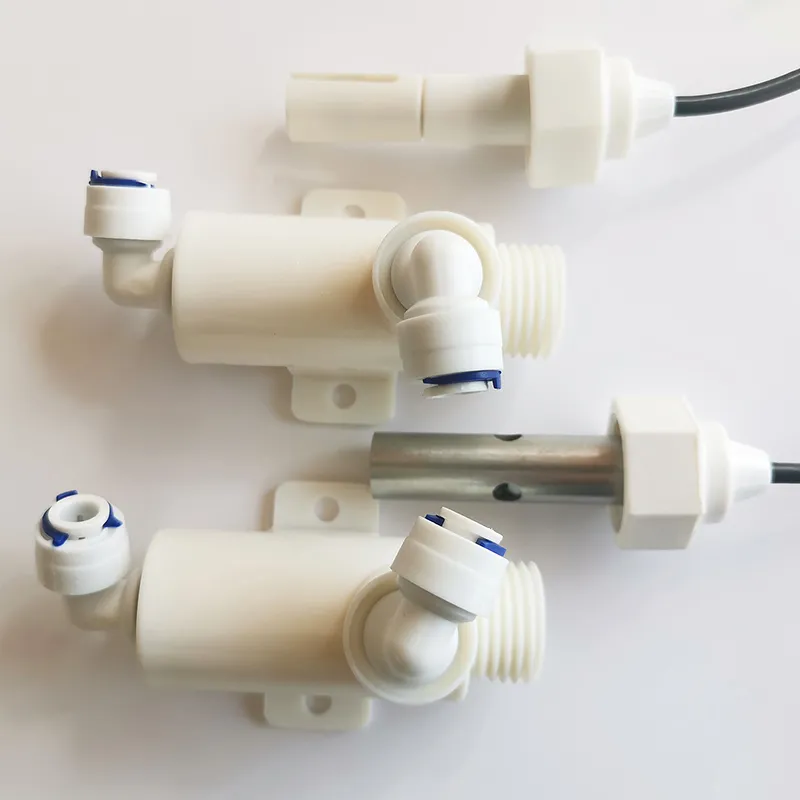
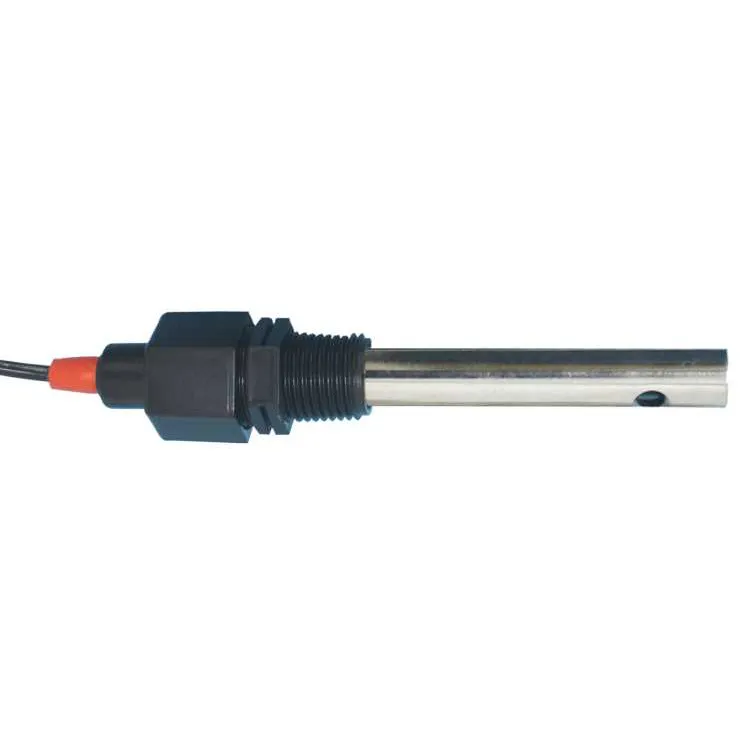
Key Features:
- Exceptional chemical resistance with S.S.316L/Titanium construction
- Multi-sensor compatibility (PT100, PT1000, NTC 10K Thermister)
- Stable performance in extreme pH environments
- Easy installation and calibration
- IP68-rated waterproof housing
- Operating temperature range: -20°C to 120°C
Technical Specifications
| Parameter | CR-102S Specifications | Industry Standard |
|---|---|---|
| Measurement Range | 0.01 μS/cm - 500 mS/cm | 0.1 μS/cm - 200 mS/cm |
| Accuracy | ±0.5% of reading | ±1.0% of reading |
| Pressure Rating | 150 PSI (10 bar) | 100 PSI (7 bar) |
| Cell Constant | 0.01 / 0.1 / 1.0 / 10.0 cm⁻¹ | 0.1 / 1.0 / 10.0 cm⁻¹ |
| Temperature Range | -20°C to 120°C | 0°C to 100°C |
| Materials | S.S.316L, Titanium Alloy, PPS | 316 SS, PVDF |
| Response Time | <1.5 seconds | 3-5 seconds |
Chemical Resistance Comparison
Performance Over Temperature Range
Accuracy Comparison
Durability Testing (Operating Hours)
Industry Applications
Pharmaceutical Manufacturing
The CR-102S provides USP-compliant monitoring in purified water systems, WFI production, and CIP processes. Its titanium electrodes prevent metallic contamination in critical processes.
Power Generation
In boiler feedwater and cooling tower monitoring, CR-102S's high-temperature stability ensures accurate measurements for corrosion prevention.
Food & Beverage Processing
With hygienic design and chemical resistance, CR-102S monitors CIP solutions and product water quality across production lines.
Wastewater Treatment
CR-102S's anti-fouling design maintains accuracy when measuring conductivity in high-solids applications across all treatment stages.
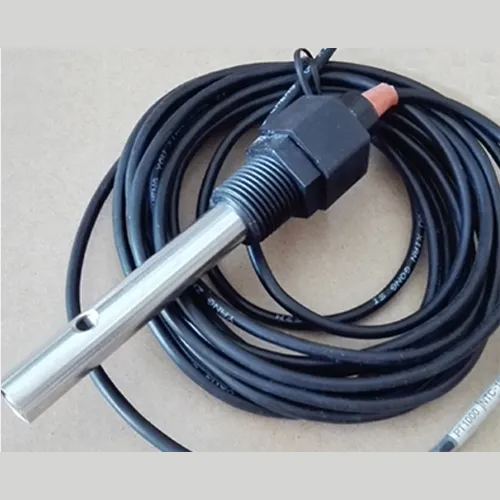
Professional FAQ
Industry Recognition
"Modern conductivity sensors with titanium electrodes now achieve corrosion resistance thresholds previously only possible with platinum-coated devices. This has significant cost implications for chemical processing applications."International Journal of Chemical Engineering, 2023
"Advances in multi-cell constant designs allow single-sensor deployment across wider conductivity ranges, reducing monitoring system complexity in pharmaceutical water systems."Pharmaceutical Technology Europe, September 2023
"Titanium alloy sensors demonstrated 48% longer service life than 316L equivalents in bleach-containing solutions during extended exposure trials."Water Environment Research, Vol. 95 Issue 6
Experience Precision Monitoring
The CR-102S conductivity sensor represents the convergence of material science and precision instrumentation. With its robust titanium alloy construction and multi-thermistor compatibility, it delivers uncompromising performance across the most demanding industrial water applications.
Water Treatment Equipment Specialists
Related Products
Related News
